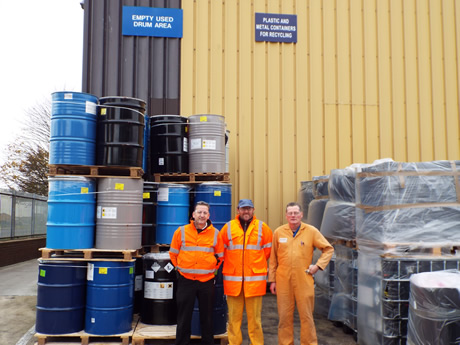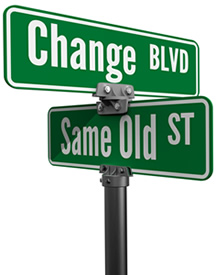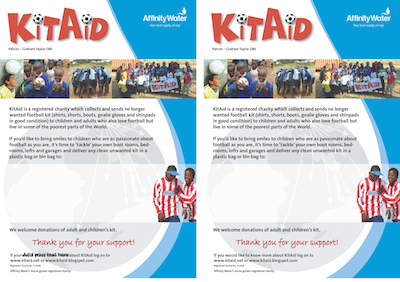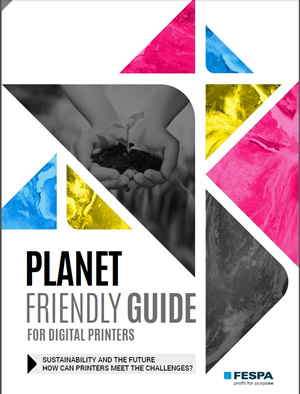… for environmental action. A look at what makes Fujifilm Speciality Ink Systems a ‘Sustainable Innovation’ award winner.
When it comes to environmental credentials and programmes, the wide-format sector can hardly claim to be at the forefront, despite all the pro-green arguments.








